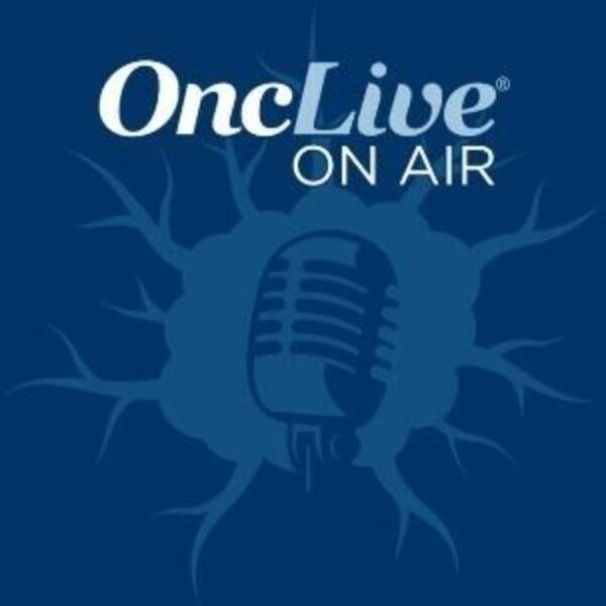Video
Clinical Significance of the JULIET Trial
Transcript:
Anas Younes, MD: The second product is from Novartis, which is called tisagenlecleucel; it’s difficult to pronounce. We’ll call it tisagen. It’s also CD19-targeted CAR T cells, so unfractionated T lymphocytes. It uses different signaling molecules compared to axi-cel, the Kite product. So, the Kite uses CD28, CD3; this uses 4-1BB CD3. So, the difference is in signaling molecules, but they both target CD19.
And this is probably expected to be approved by regulatory agencies, including the FDA, in the near future. This was an international trial that led to this excitement with the product. It’s called the JULIET trial. Again, the same thing, about 100 patients. Roughly high response rate with a good CR rate averaging about 40%. Short-term follow-up. All of these are like new to all of us. There’s no 5-year follow-up with any of these things. The longest now is about a 1 year, and so we’re learning about how durable these responses are. But it’s encouraging to see that even with using different products and different platforms, we’re seeing similar outcomes. Good response rate, good CR rate, durable for the time being.
So, the JULIET, as I said, it’s a different construct, it’s a 4-1BB CD3. But it targets CD19, same thing. High overall response rate, even though it cannot be compared head-to-head with Kite versus Novartis versus Juno because there are some variations in the eligibility criteria.
But a 59% overall response rate is still pretty high, with about a 43% complete response rate as best response. So, pretty good. The good thing that we’re seeing across all these trials is that once you receive a CR, the durability of CR is maintained, at least within the constraint of the clinical trial. So, 43% CR rate seen at 3 months, and 95% of these patients remain at CR at 6 months. So, they’re not sharp dropping out of these complete responses. We’ll see how sustainable at 20 years and 2 years and so forth, but it’s encouraging to see that most CRs remain in CRs, with prolonged follow-up.
Transcript Edited for Clarity








